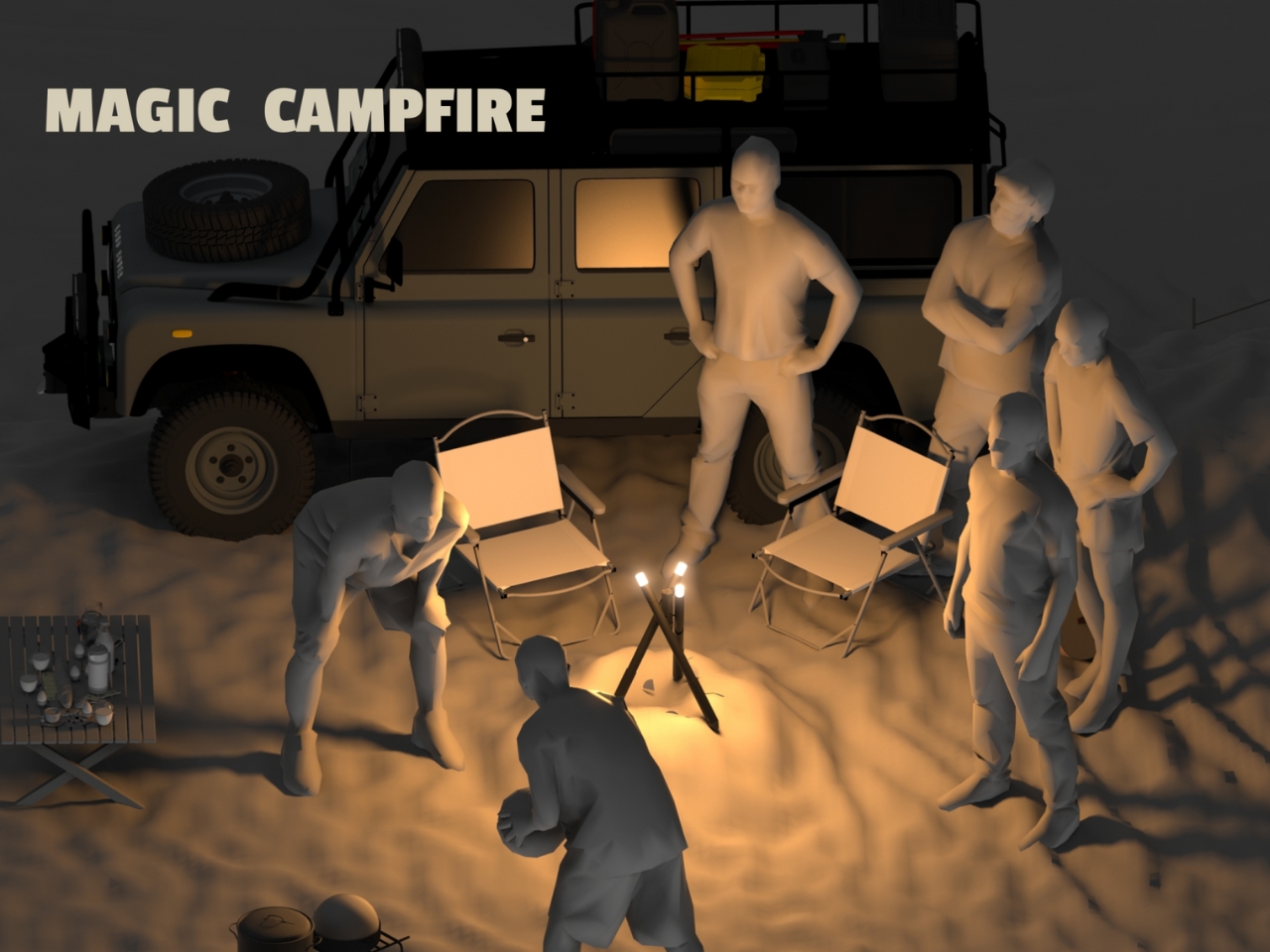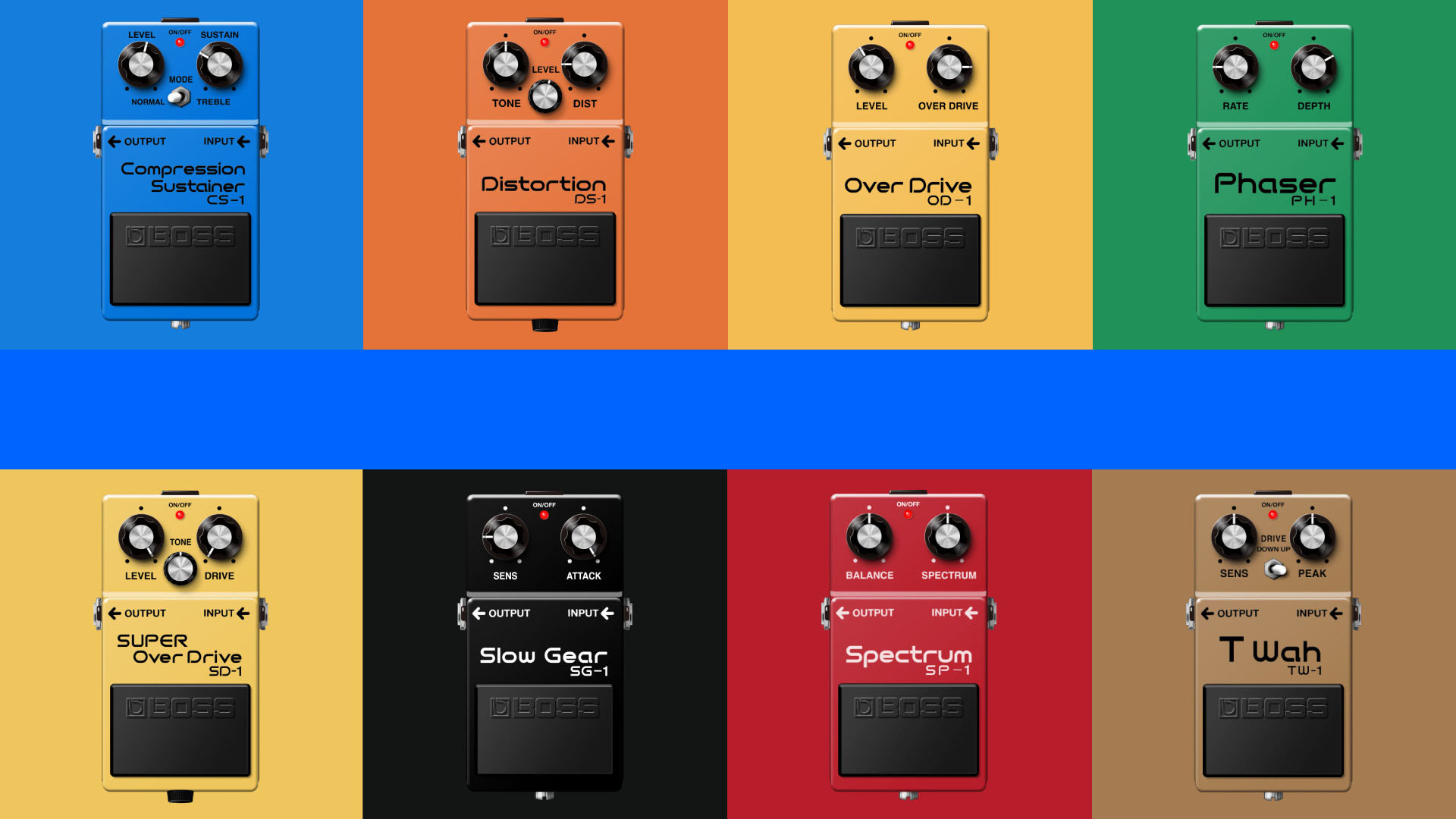Rewriting Your Script? Then You Need This "Red Flag" Checklist
I just went out with a new spec, but before I could do that, I had to do a whole lot of rewriting and polishing to make sure it was ready for the town. This wasn't just editing and making sure the story made sense, but it was also making sure the read was fun and that the story actually looked good on the page. Today, I want to take you through a little checklist I use in order to make sure my script is ready for the town. Let's dive in. "Red Flag" List for Editing Your ScreenplaySelf-editing is a chance to refine your story, sharpen your characters, and ensure your script is a compelling read. Here are some missteps I see many amateur writers fail to do before turning in their drafts. Formatting & Presentation: Incorrect Font/Margins: Is your script in 12-point Courier with standard industry margins? Deviations scream amateur. Overuse of Parentheticals: Are you constantly telling actors how to deliver lines or describing minute actions in parentheses? Trust your dialogue and action lines. Typos & Grammatical Errors: These can immediately pull a reader out of the story and signal a lack of care. Proofread meticulously. Inconsistent Character Names: Ensure character names are spelled the same way throughout the script. Dense Blocks of Text: Are action lines running longer than 4-5 lines? Break them up for readability. Story & Plot: Muddled Logline: Can you clearly state what your story is about in one or two compelling sentences? If not, your core idea might be unclear. Lack of a Clear Protagonist: Who is the story really about? Do they have clear goals and motivations? Passive Protagonist: Is your main character reactive rather than proactive? They should be driving the story forward. Weak Inciting Incident: Does the event that kicks off your story happen too late or lack significant impact? Boring Act II: Does the story lose momentum? Are there enough rising stakes, obstacles, and turning points? Deus Ex Machina: Are problems resolved too conveniently by an outside force, rather than by the characters' actions? Plot Holes: Do events contradict each other? Are there unexplained leaps in logic? Unclear Stakes: What does the protagonist stand to lose? Are the stakes high enough to keep the audience invested? Predictable Plot Points: Are your twists and turns genuinely surprising, or can the audience see them coming a mile away? Unsatisfying Climax: Does the ending feel rushed, unearned, or thematically disconnected from the rest of the story? Theme is "On the Nose": Is your message overtly stated rather than subtly woven into the narrative? Characters: Flat Characters: Do your characters feel like real people with unique voices, flaws, and complexities? Inconsistent Character Behavior/Voice: Does a character act or speak in a way that contradicts their established personality without clear motivation? Lack of Character Arc: Does your protagonist (and potentially other key characters) undergo meaningful change or growth? Too Many Characters: Is it difficult to keep track of who's who? Could some characters be combined or cut? "Idiot Plot": Do characters make inexplicably foolish decisions solely to advance the plot? Dialogue: "On-the-Nose" Dialogue: Do characters say exactly what they're thinking or feeling, or state the theme overtly? Subtext is key. Exposition Dumps: Is crucial backstory or plot information delivered through lengthy, unnatural monologues or conversations? Show, don't just tell. Characters Sounding Alike: Does each character have a distinct voice, vocabulary, and rhythm of speech? Unnecessary Chitchat: Does every line of dialogue serve a purpose (reveal character, advance plot, create conflict/tension)? Clichéd Phrases: Are you relying on overused expressions? Strive for fresh, original dialogue. Not Enough Subtext: Is the script overly talky? Could some points be made visually or through behavior? Pacing & Structure: Scenes Starting Too Early/Ending Too Late: Get in late, get out early. Does every scene begin and end at the most impactful moment? Lack of Tension in Scenes: Does each scene have a clear goal and an obstacle to that goal? Scenes That Don't Advance the Plot or Reveal Character: If a scene doesn't serve a clear purpose, consider cutting it. Too Long/Too Short: Is your script significantly over or under the typical 90-120 page count? While not a rigid rule, extreme lengths can be a red flag. Uneven Pacing: Are there long stretches of slowness followed by rushed plot developments, or vice versa? Show, Don't Tell: Over-Reliance on Description of Emotions: Instead of writing "She is sad," describe her actions, expressions, or the environment to convey sadness. Telling the Audience What to Think/Feel: Guide the audience through story and character, don't dictate their reactions. By looking for these red flags during your self-edit, you can significantly elevate the quality of your screenplay and increase its chances of resonating with readers. Let me know what you think in the comment


I just went out with a new spec, but before I could do that, I had to do a whole lot of rewriting and polishing to make sure it was ready for the town.
This wasn't just editing and making sure the story made sense, but it was also making sure the read was fun and that the story actually looked good on the page.
Today, I want to take you through a little checklist I use in order to make sure my script is ready for the town.
Let's dive in.
"Red Flag" List for Editing Your Screenplay
Self-editing is a chance to refine your story, sharpen your characters, and ensure your script is a compelling read.
Here are some missteps I see many amateur writers fail to do before turning in their drafts.
Formatting & Presentation:
- Incorrect Font/Margins: Is your script in 12-point Courier with standard industry margins? Deviations scream amateur.
- Overuse of Parentheticals: Are you constantly telling actors how to deliver lines or describing minute actions in parentheses? Trust your dialogue and action lines.
- Typos & Grammatical Errors: These can immediately pull a reader out of the story and signal a lack of care. Proofread meticulously.
- Inconsistent Character Names: Ensure character names are spelled the same way throughout the script.
- Dense Blocks of Text: Are action lines running longer than 4-5 lines? Break them up for readability.
Story & Plot:
- Muddled Logline: Can you clearly state what your story is about in one or two compelling sentences? If not, your core idea might be unclear.
- Lack of a Clear Protagonist: Who is the story really about? Do they have clear goals and motivations?
- Passive Protagonist: Is your main character reactive rather than proactive? They should be driving the story forward.
- Weak Inciting Incident: Does the event that kicks off your story happen too late or lack significant impact?
- Boring Act II: Does the story lose momentum? Are there enough rising stakes, obstacles, and turning points?
- Deus Ex Machina: Are problems resolved too conveniently by an outside force, rather than by the characters' actions?
- Plot Holes: Do events contradict each other? Are there unexplained leaps in logic?
- Unclear Stakes: What does the protagonist stand to lose? Are the stakes high enough to keep the audience invested?
- Predictable Plot Points: Are your twists and turns genuinely surprising, or can the audience see them coming a mile away?
- Unsatisfying Climax: Does the ending feel rushed, unearned, or thematically disconnected from the rest of the story?
- Theme is "On the Nose": Is your message overtly stated rather than subtly woven into the narrative?
Characters:
- Flat Characters: Do your characters feel like real people with unique voices, flaws, and complexities?
- Inconsistent Character Behavior/Voice: Does a character act or speak in a way that contradicts their established personality without clear motivation?
- Lack of Character Arc: Does your protagonist (and potentially other key characters) undergo meaningful change or growth?
- Too Many Characters: Is it difficult to keep track of who's who? Could some characters be combined or cut?
- "Idiot Plot": Do characters make inexplicably foolish decisions solely to advance the plot?
Dialogue:
- "On-the-Nose" Dialogue: Do characters say exactly what they're thinking or feeling, or state the theme overtly? Subtext is key.
- Exposition Dumps: Is crucial backstory or plot information delivered through lengthy, unnatural monologues or conversations? Show, don't just tell.
- Characters Sounding Alike: Does each character have a distinct voice, vocabulary, and rhythm of speech?
- Unnecessary Chitchat: Does every line of dialogue serve a purpose (reveal character, advance plot, create conflict/tension)?
- Clichéd Phrases: Are you relying on overused expressions? Strive for fresh, original dialogue.
- Not Enough Subtext: Is the script overly talky? Could some points be made visually or through behavior?
Pacing & Structure:
- Scenes Starting Too Early/Ending Too Late: Get in late, get out early. Does every scene begin and end at the most impactful moment?
- Lack of Tension in Scenes: Does each scene have a clear goal and an obstacle to that goal?
- Scenes That Don't Advance the Plot or Reveal Character: If a scene doesn't serve a clear purpose, consider cutting it.
- Too Long/Too Short: Is your script significantly over or under the typical 90-120 page count? While not a rigid rule, extreme lengths can be a red flag.
- Uneven Pacing: Are there long stretches of slowness followed by rushed plot developments, or vice versa?
- Over-Reliance on Description of Emotions: Instead of writing "She is sad," describe her actions, expressions, or the environment to convey sadness.
- Telling the Audience What to Think/Feel: Guide the audience through story and character, don't dictate their reactions.
By looking for these red flags during your self-edit, you can significantly elevate the quality of your screenplay and increase its chances of resonating with readers.
Let me know what you think in the comments.




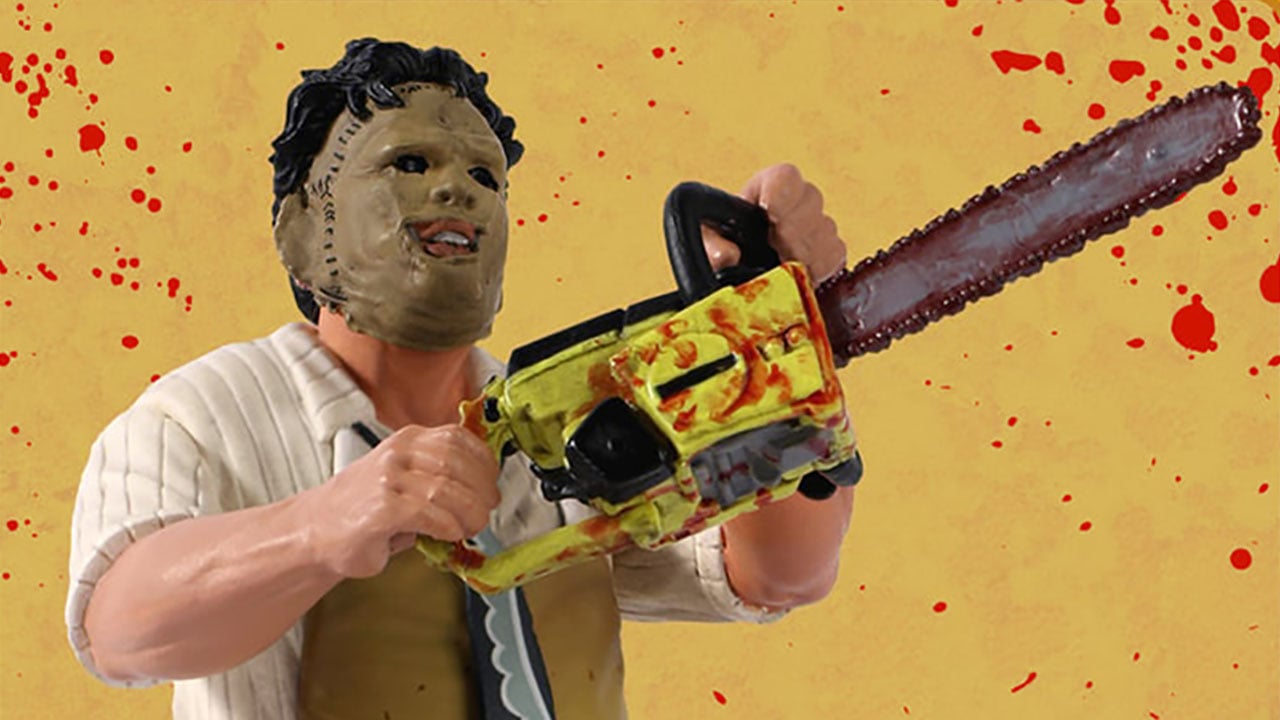















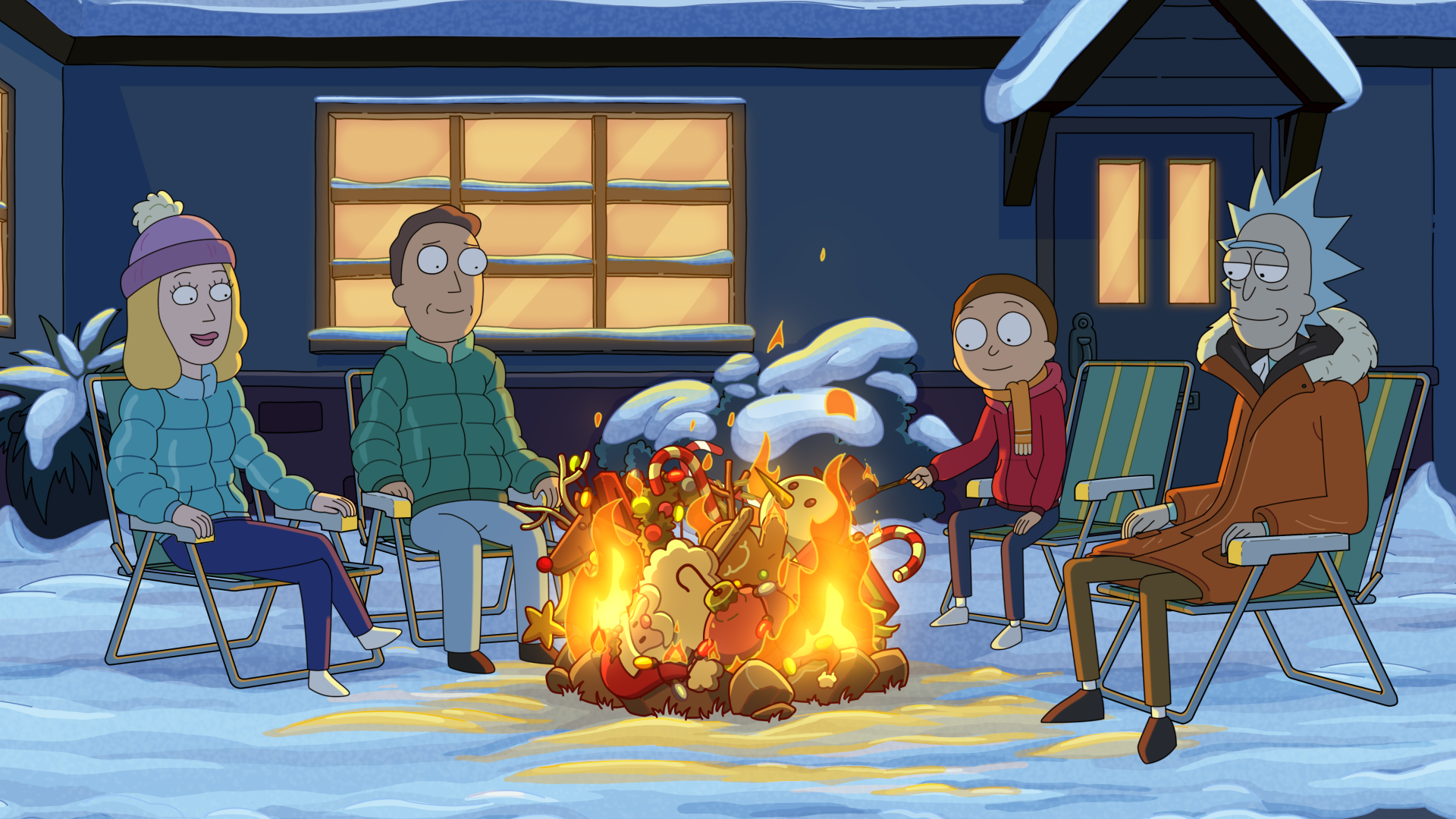

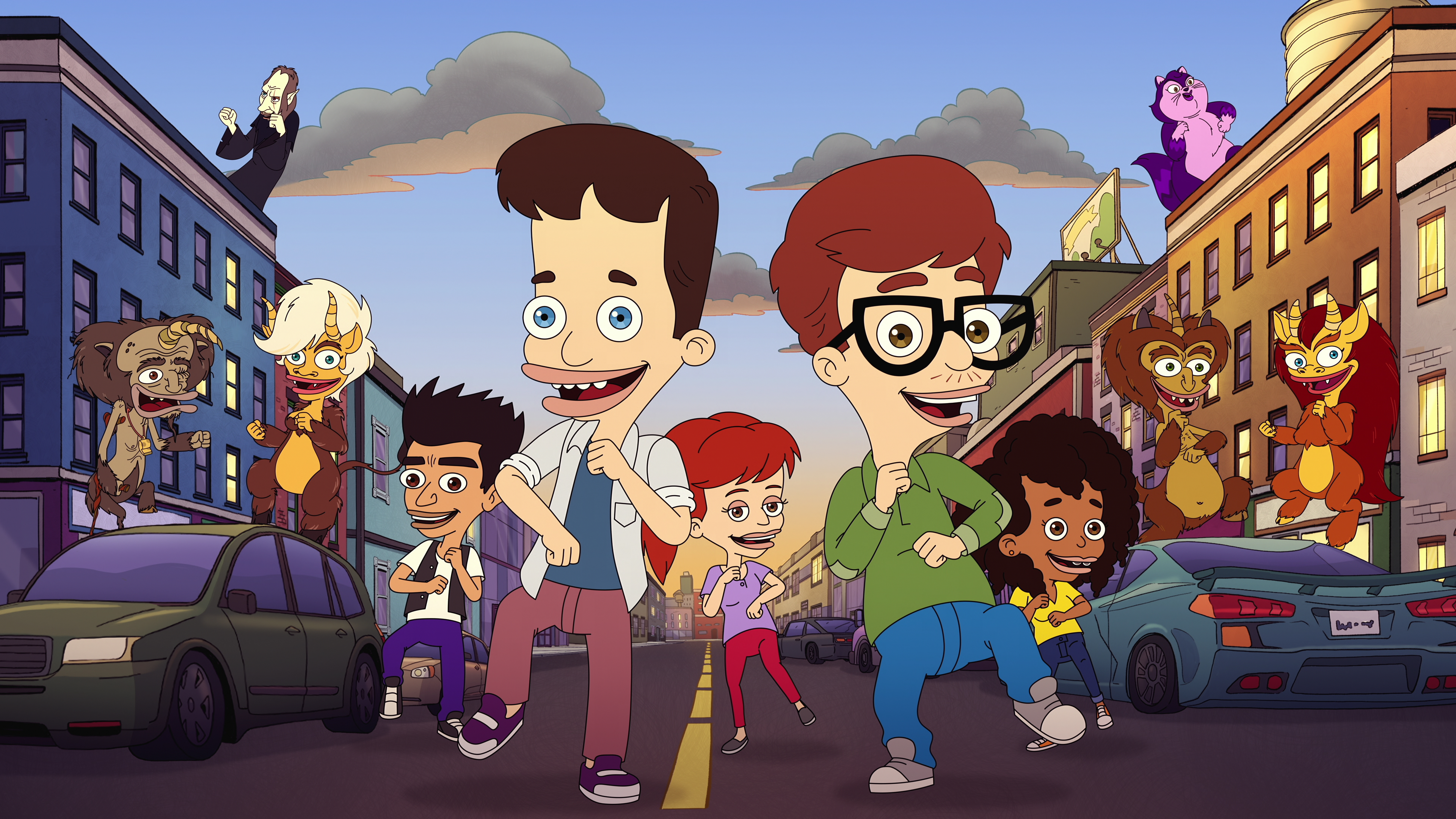







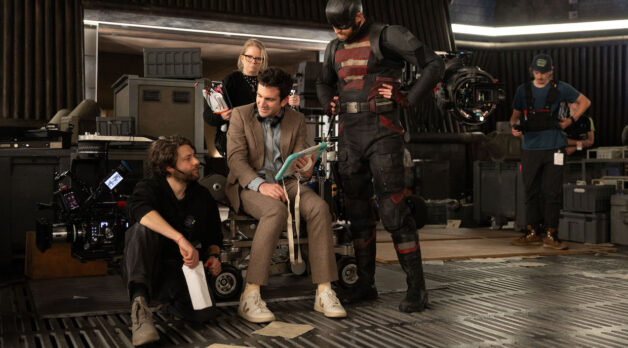










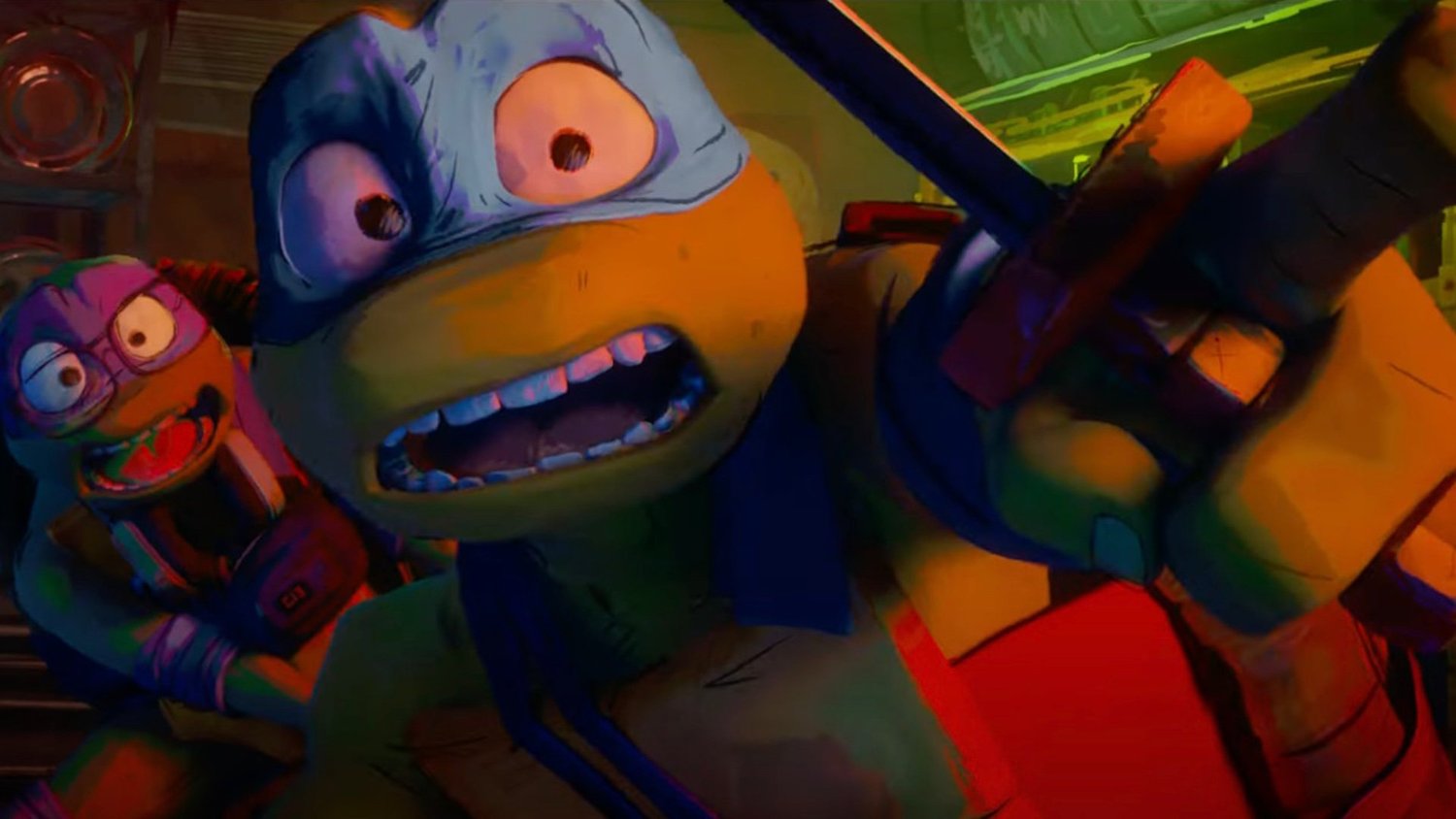









![Fascinating Rhythms [M]](https://jonathanrosenbaum.net/wp-content/uploads/2011/04/m-fingerprint.jpg)
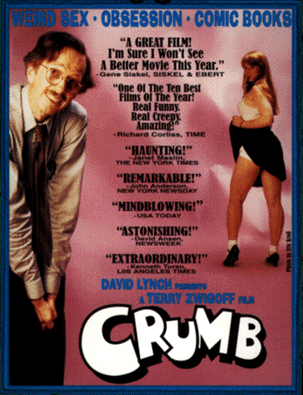
![Love and Politics [THE RUSSIA HOUSE & HAVANA]](https://jonathanrosenbaum.net/wp-content/uploads/2011/12/therussiahouse-big-300x239.jpg)

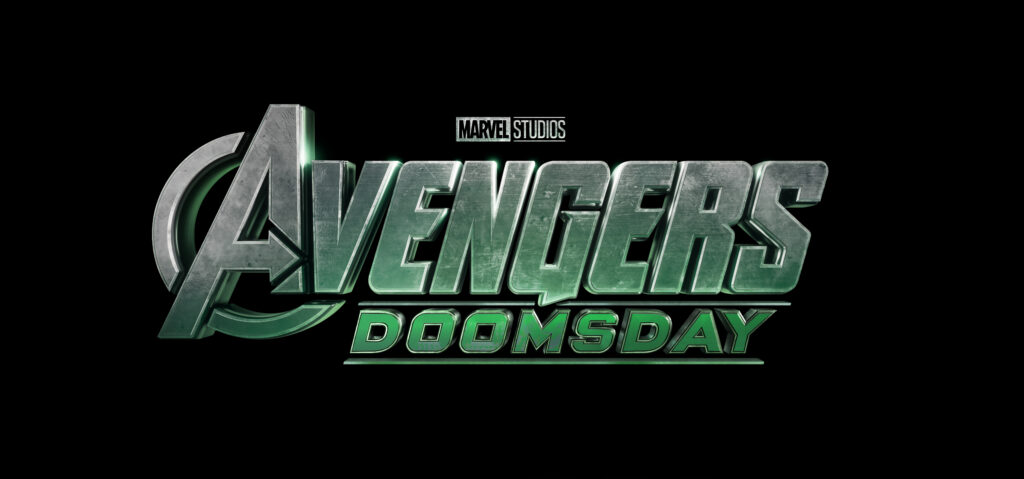
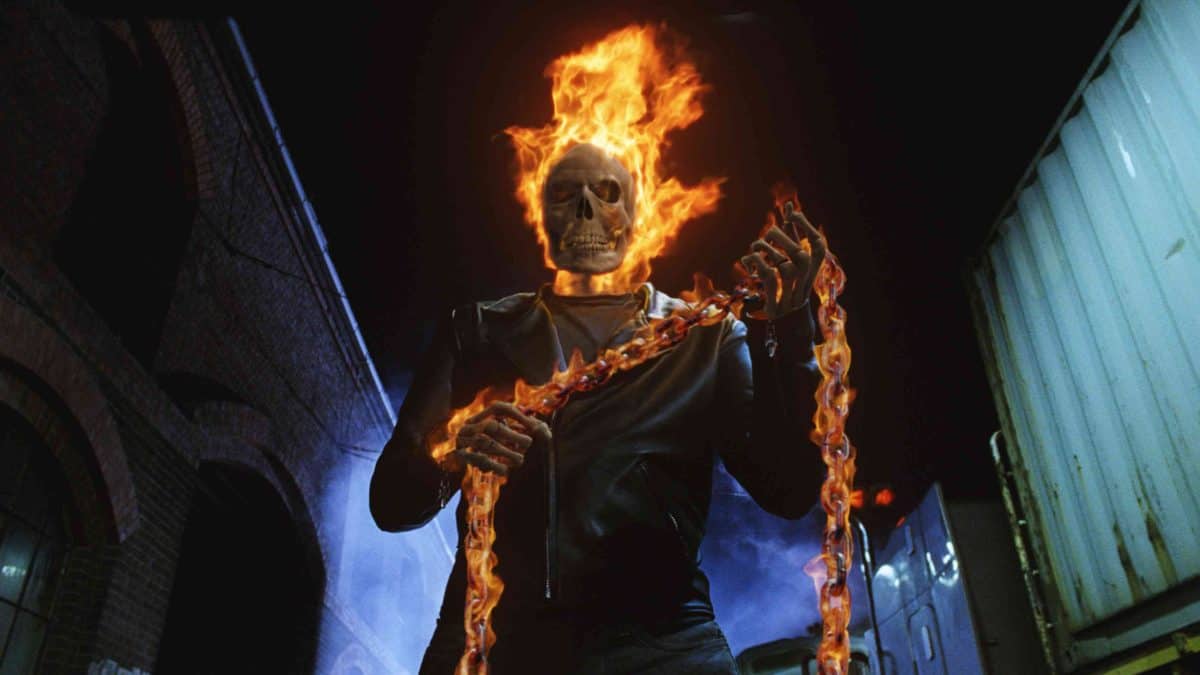





















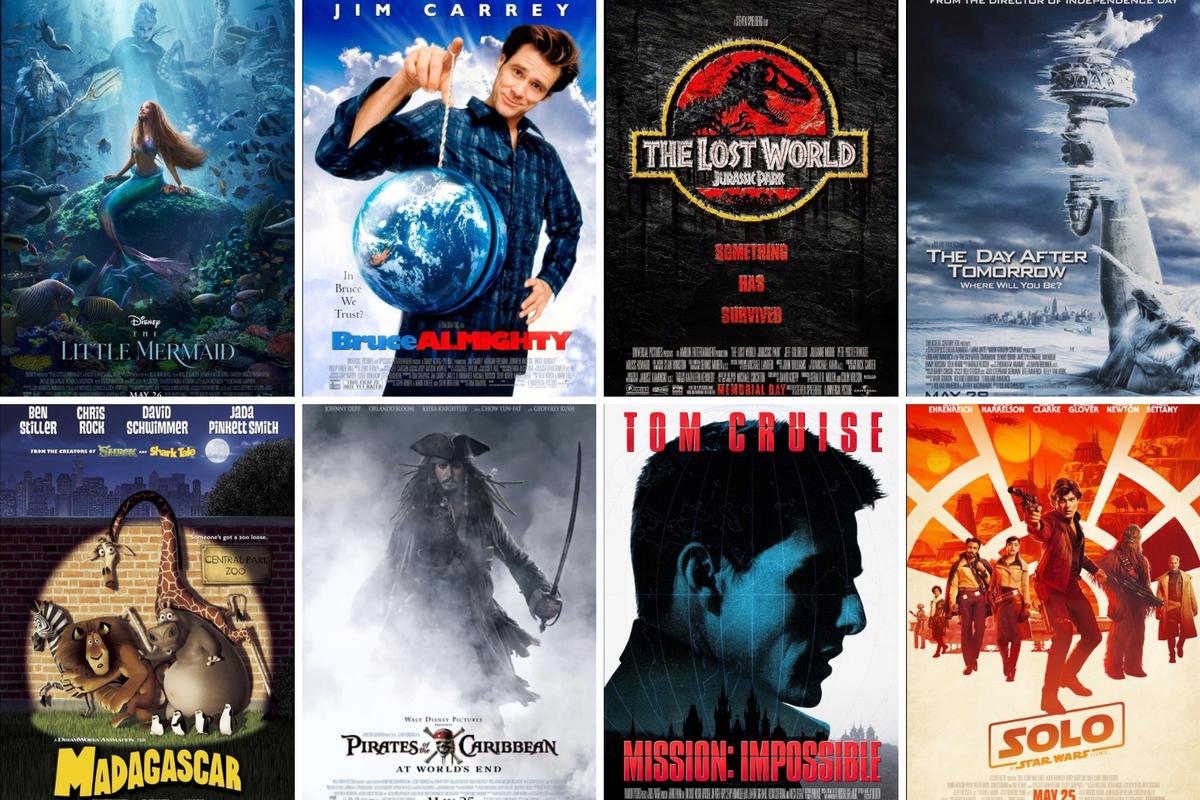






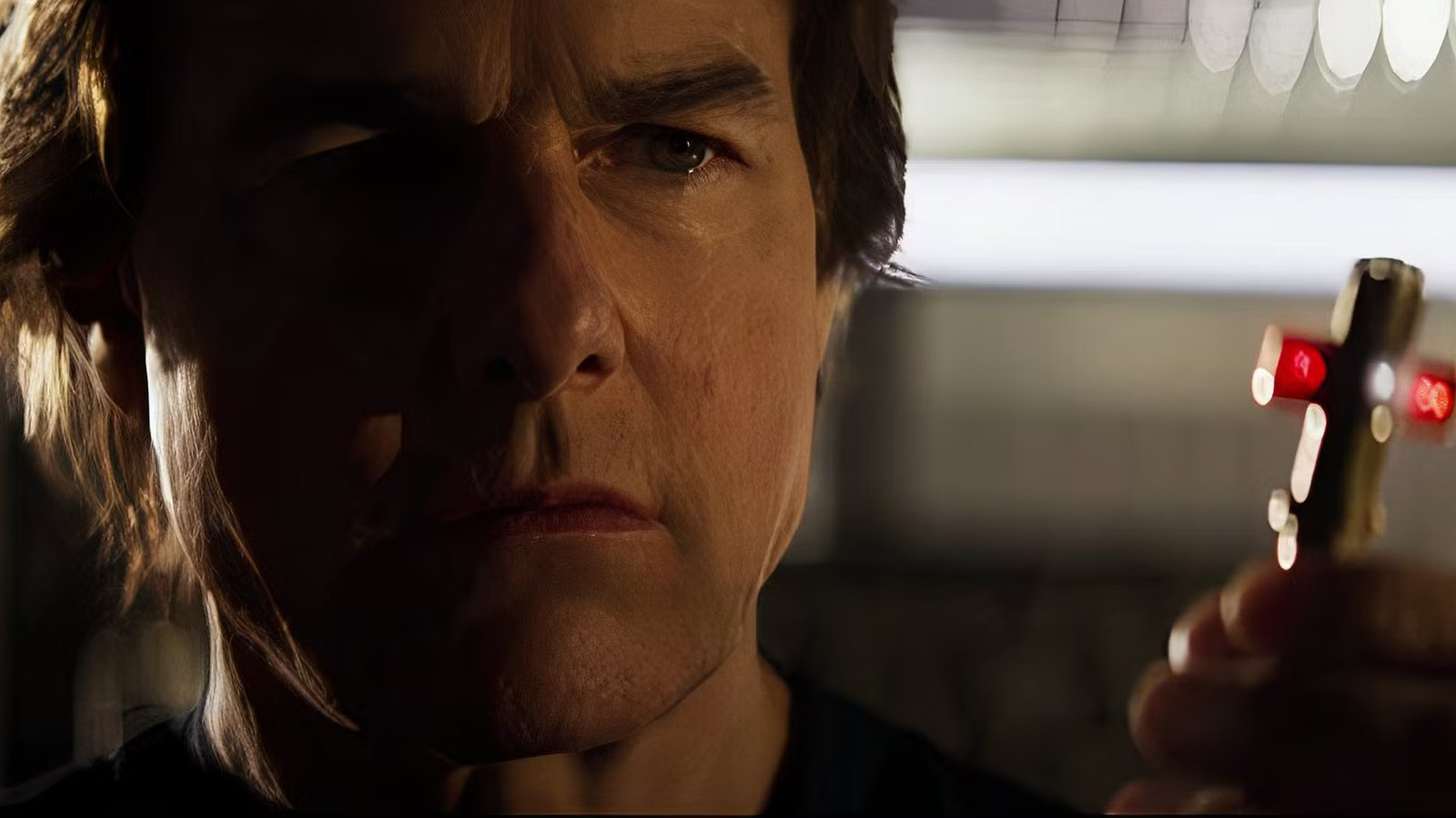













![‘Friendship’: Andrew DeYoung On Tim Robinson, Paul Rudd, & The Wildest, Cringiest Buddy Comedy Of The Year [The Discourse Podcast]](https://cdn.theplaylist.net/wp-content/uploads/2025/05/22133754/FRIENDSHIP-Poster.jpg)



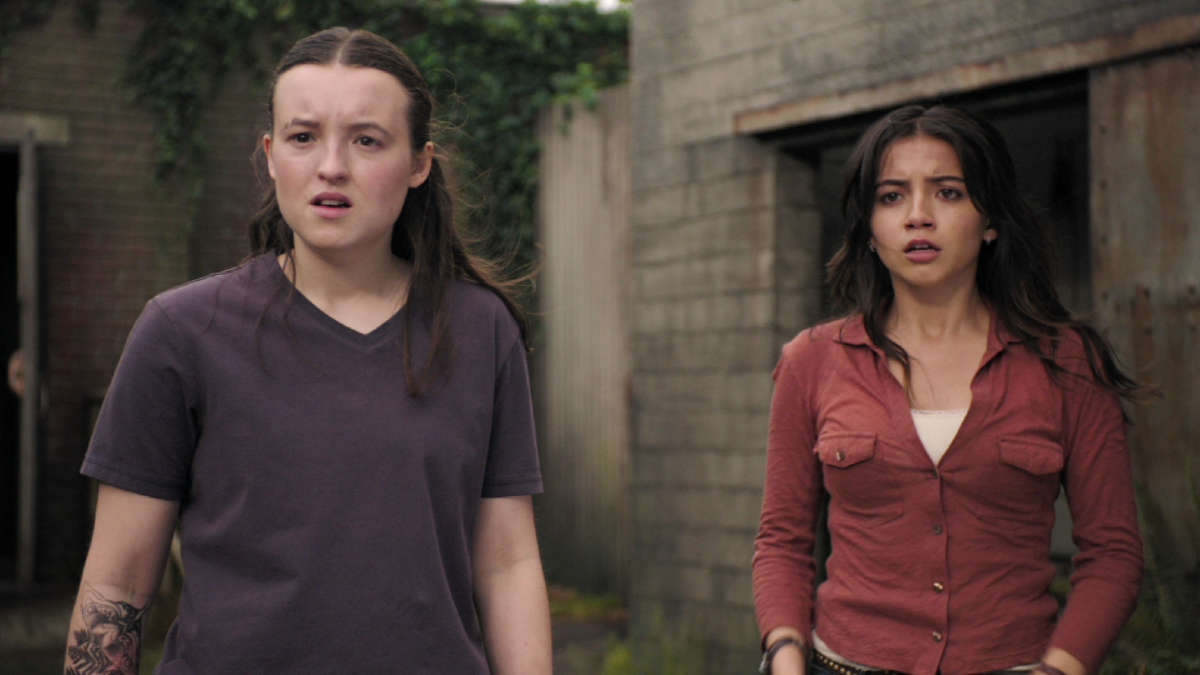
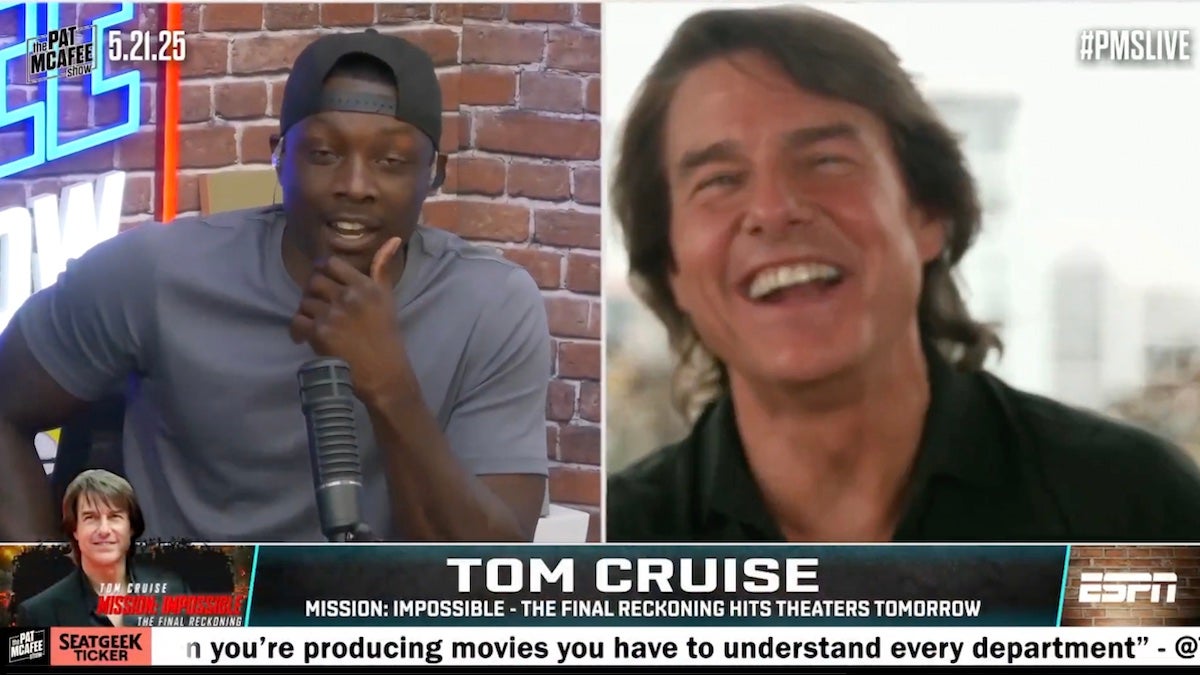









![They Flew $19,000 Business Class—Here’s What I Think Denver Airport Execs Were Really Doing [Roundup]](https://viewfromthewing.com/wp-content/uploads/2015/10/Denver_international_airport.jpg?#)





















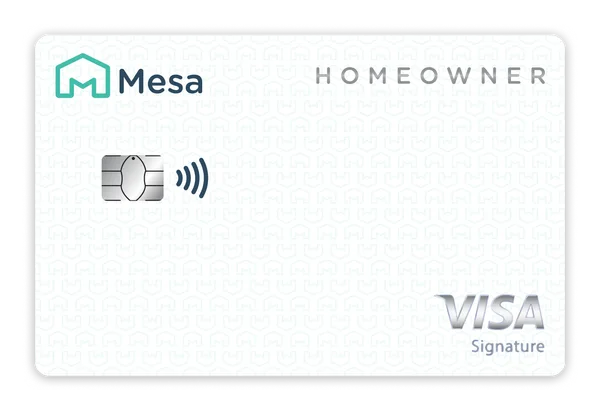


























































































-1-52-screenshot.png?width=1920&height=1920&fit=bounds&quality=70&format=jpg&auto=webp#)

.png?width=1920&height=1920&fit=bounds&quality=70&format=jpg&auto=webp#)
















































































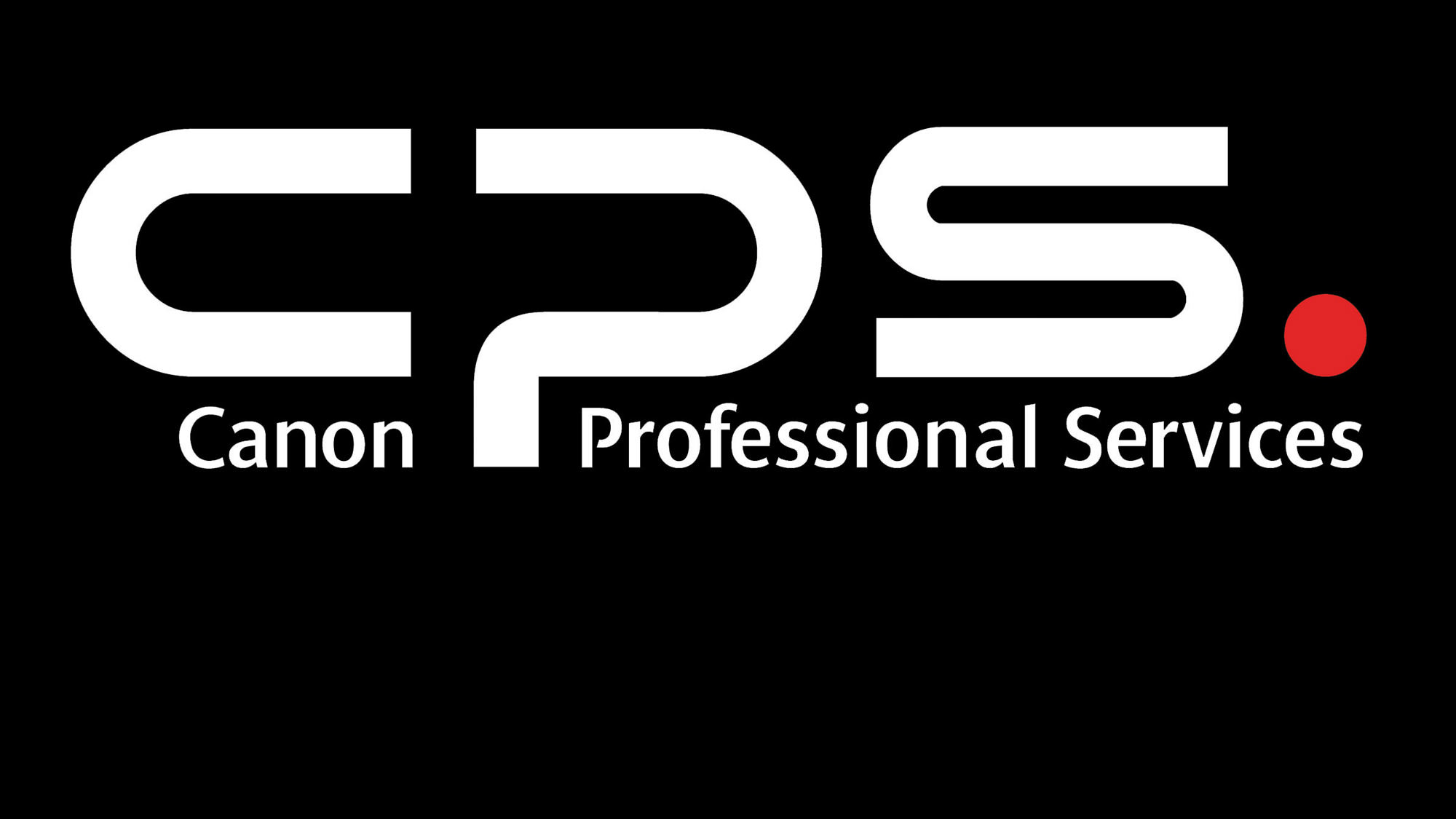























































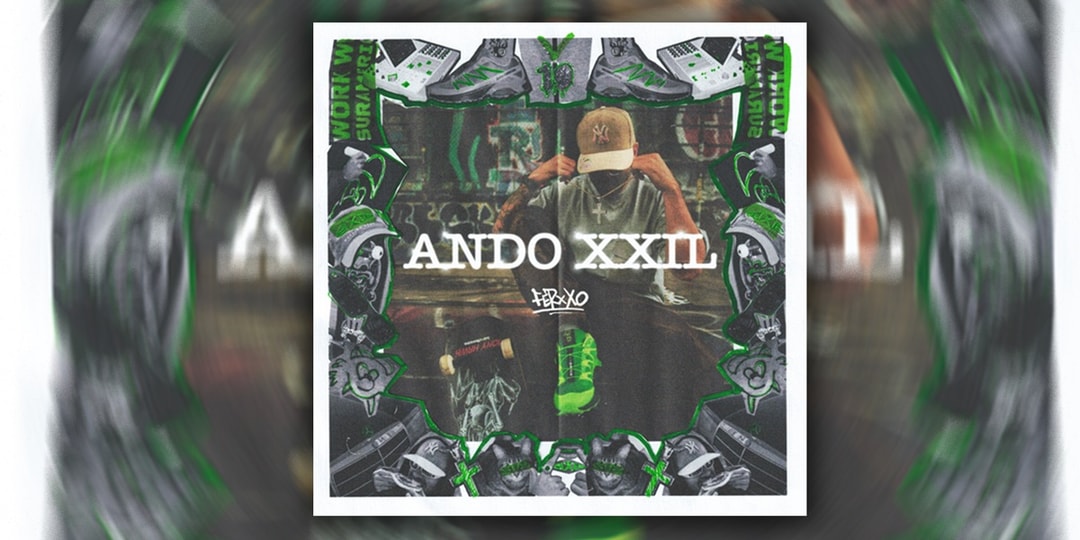




![[Podcast] Making Brands Relevant: How to Connect Culture, Creativity & Commerce with Cyril Louis](https://justcreative.com/wp-content/uploads/2025/05/cyril-lewis-podcast-29.png)

















































